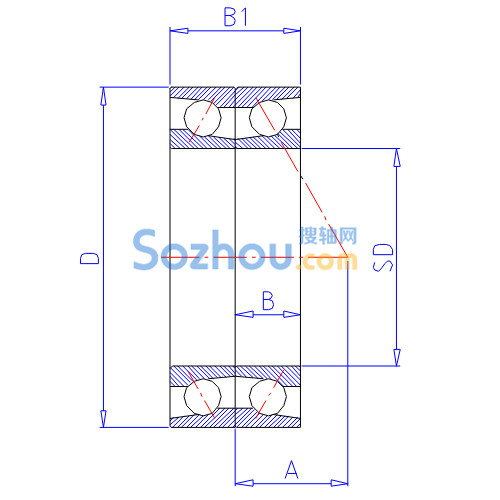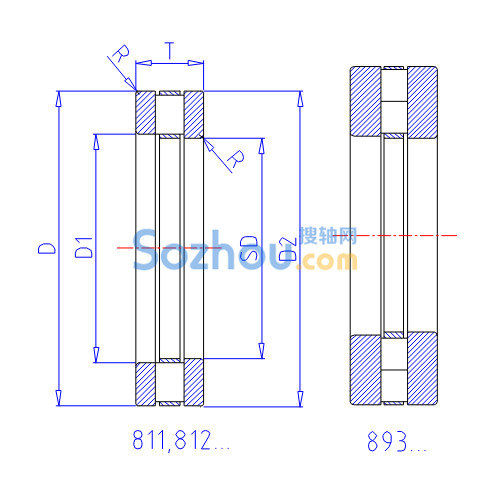Linear guide rails are critical precision components in CNC machines, automated systems, and high-speed equipment. Proper selection and maintenance ensure longevity, accuracy, and operational efficiency.
1. Key Selection Criteria
Load Capacity: Match rail specifications to dynamic/static loads (e.g., heavy-duty applications require HG series rails with reinforced rollers).
Precision Grade: For micro-positioning (≤±5μm), opt for P0-grade rails with preloaded ball bearings.
Environmental Resistance: In harsh conditions (dust, moisture), choose sealed or stainless-steel rails (e.g., THK’s LGW series).
2. Installation Guidelines
Base Alignment: Use laser alignment tools to achieve ≤0.02mm/m flatness; avoid mechanical force during mounting.
Preload Adjustment: Optimal preload (10–15% of rated load) balances rigidity and smooth motion.
3. Maintenance Strategies
Lubrication: Grease (NLGI 2) for low-speed, oil mist for high-speed (>10m/s); relubricate every 1,000–2,000 operating hours.
Wear Monitoring: Track vibration (≤2.8mm/s RMS) and temperature rise (≤15℃ above ambient).
4. Common Faults & Solutions
Cogging: Caused by contamination—clean with isopropyl alcohol and upgrade seals.
Noise: Indicates roller damage; replace immediately to prevent rail scoring.
Adhering to these practices extends rail life by 30–50%, reducing downtime in automation lines.





